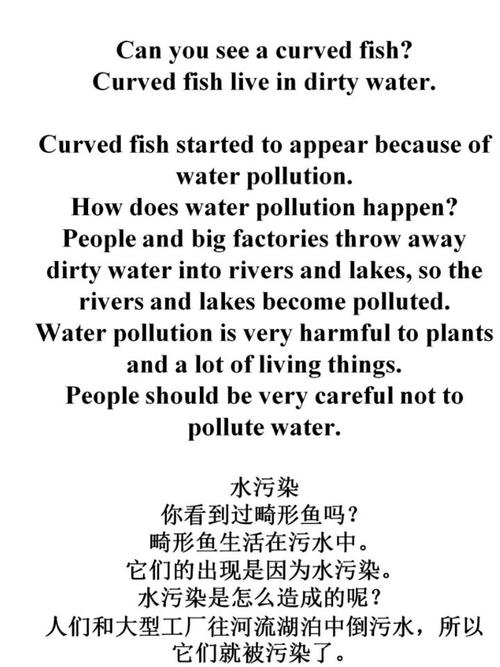
Are There Water Access Issues in Ethiopia?
Water access is a critical issue that affects the lives of millions around the world. In Ethiopia, a country known for its diverse landscapes and rich cultural heritage, the question of water access is particularly pertinent. This article delves into the various dimensions of water access issues in Ethiopia, providing a comprehensive overview of the challenges faced by its population.
Water Scarcity and Climate Change
One of the primary reasons for water access issues in Ethiopia is the country’s arid and semi-arid climate. The Horn of Africa, where Ethiopia is located, is prone to droughts and erratic rainfall patterns. According to the World Bank, Ethiopia experiences water scarcity for about six months of the year. This scarcity is exacerbated by climate change, which is leading to more frequent and severe droughts.

Table 1: Water Scarcity in Ethiopia
| Region | Water Scarcity Duration (months) |
|---|---|
| Afar | 6 |
| Amhara | 5 |
| Benishangul-Gumuz | 6 |
| Harari | 6 |
| Oromia | 6 |
| SNNPR | 6 |
| Tigray | 5 |
Population Growth and Urbanization
Another factor contributing to water access issues in Ethiopia is the rapid population growth and urbanization. The country’s population is projected to reach 150 million by 2050, according to the United Nations. This growth, coupled with the shift from rural to urban areas, is putting immense pressure on the country’s water resources.
As cities expand, the demand for water increases, often surpassing the available supply. This has led to water shortages and inadequate access to clean water in urban areas. According to the World Health Organization, about 40% of urban dwellers in Ethiopia lack access to safe drinking water.
Infrastructure Challenges
The lack of adequate infrastructure is another significant factor contributing to water access issues in Ethiopia. The country’s water supply and sanitation infrastructure is outdated and often in poor condition. This hampers the efficient distribution of water to both urban and rural areas.

According to the African Development Bank, only 31% of the population in Ethiopia has access to improved sanitation facilities. The lack of proper sanitation facilities not only affects water access but also contributes to waterborne diseases, which further exacerbate the water access challenges.
Government Initiatives and International Support
Recognizing the urgency of the water access issue, the Ethiopian government has implemented various initiatives to improve water access and sanitation. These include the construction of new water infrastructure, the rehabilitation of existing facilities, and the promotion of water conservation practices.
In addition to government efforts, international organizations and NGOs have been instrumental in supporting water access projects in Ethiopia. The World Bank, the African Development Bank, and the United Nations Children’s Fund (UNICEF) are some of the key players in this regard.
Table 2: Government and International Support for Water Access in Ethiopia
| Initiative | Implementing Organization |
|---|---|
| Water Supply and Sanitation Program (WSSP) | World Bank |
| Water Resources Management and Development Project | African Development Bank |
| Water, Sanitation, and Hygiene (WASH) Program | UNICEF |
Conclusion
Water access issues in Ethiopia are multifaceted, stemming from factors such as water scarcity, population growth, and inadequate infrastructure. While the government and international organizations are making efforts to address these challenges, the



